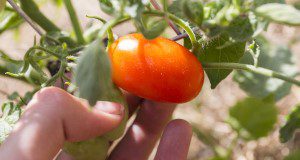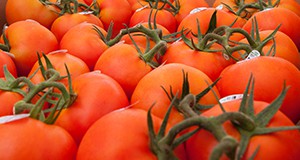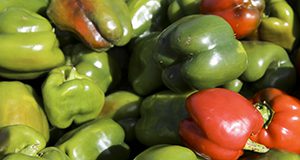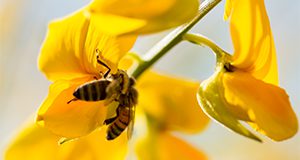Enterprise budgets are effective planning tools for growers in search of help with forecasting, resource coordination, and better production decisions. In essence, enterprise budgets can help producers determine what to produce, how many acres to produce, the cost of production, and the necessary price to be profitable. This 5-page fact sheet written by Tara Wade, Barbara Hyman, Eugene McAvoy, and John VanSickle and published by the UF/IFAS Food and Resource Economics Department describes the process used to create the 2017/18 enterprise budget for tomatoes in southwest Florida and includes resources for producers interested in creating enterprise budgets for their own operations.
https://edis.ifas.ufl.edu/fe1087
Tag: Eugene McAvoy
Tomato Brown Rugose Fruit Virus (ToBRFV): A Potential Threat for Tomato Production in Florida
Tobamoviruses are mechanically transmitted plant viruses that cause severe economic damage to vegetable and ornamental crops in Florida and worldwide. While certain tomato cultivars have genetic resistance to the most common tobamoviruses, no commercial tomato cultivars are resistant to tomato brown rugose fruit virus (ToBRFV), a recently described tobamovirus that also infects pepper and eggplant. It is currently unknown how ToBRFV may affect tomato production in Florida. This new 5-page publication of the UF/IFAS Plant Pathology Department describes symptoms of the virus, how it is different from other tobamoviruses, and how it is transmitted, as well as what to do if you think you have ToBRFV in your field. Written by Ozgur Batuman, Salih Yilmaz, Pamela Roberts, Eugene McAvoy, Samuel Hutton, Kishore Dey, and Scott Adkins.
https://edis.ifas.ufl.edu/pp360
Constructing a Southwest Florida Bell Peppers Enterprise Budget
Enterprise budgets can assist with forecasting as well as help managers coordinate resources, make production decisions, examine expenditures, and anticipate outcomes from changes in production practices. They can help producers determine what to produce, how many acres to produce, the cost of production, and the necessary price to be profitable. This 6-page fact sheet written by Tara Wade, Barbara Hyman, and Eugene McAvoy and published by the UF/IFAS Food and Resource Economics Department describes the process used to create the 2018-19 enterprise budget for bell peppers in southwest Florida.
https://edis.ifas.ufl.edu/fe1088
Pesticide Labeling: Protection of Pollinators
On May 29, 2015, the EPA published its Proposal to Mitigate Exposure to Bees from Acutely Toxic Pesticide Products. This seven-page fact sheet outlines the highlights from this policy and its proposed restrictions, which would prohibit applications of pesticide products that are acutely toxic to bees during bloom where honey bees are known to be present under contract for pollination services. Written by Frederick M. Fishel, James Ellis, and Gene McAvoy and published by the Agronomy Department.
edis.ifas.ufl.edu/pi271
Management of Cucurbit Downy Mildew in Florida
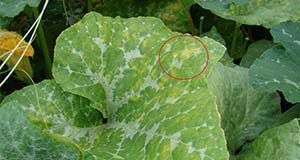
Cucurbit downy mildew is a major disase that affects over 40 species of cucurbits, like watermelon, muskmelon, cucumber, squash, and pumpkin. The classic sign of the disease is the presence of dark sporangia, a structure that holds developing spores, on the underside of infected leaves. As the disease progresses, it may lead to large necrotic areas that cause defoliation and a reduction of yield and marketable fruit. This nine-page fact sheet describes the symptoms and signs, epidemiology and disease cycle, host range and pathotypes, and the ways to manage cucurbit downy mildew. Written by Mason J. Newark, Mathews L. Paret, Nicholas S. Dufault, Pamela D. Roberts, Shouan Zhang, Gary E. Vallad, Josh Freeman, and Gene McAvoy, and published by the Plant Pathology Department.
http://edis.ifas.ufl.edu/pp325
HS1156 Review of Nutrient Management Systems for Florida Vegetable Producers
HS1156, a 17-page white paper from the UF/IFAS Vegetable Fertilizer Task Force, identifies differences between actual fertilization practices and UF/IFAS fertilizer recommendations, especially for vegetables grown with subsurface (Central and South Florida) and overhead (Miami-Dade County) irrigation. The recommendations of the VFTF aim at bridging the gaps between science-based results and the diversity in production systems found in the Florida vegetable industry. Includes references. Published by the UF Department of Horticultural Sciences, April 2009.
http://edis.ifas.ufl.edu/HS1156
